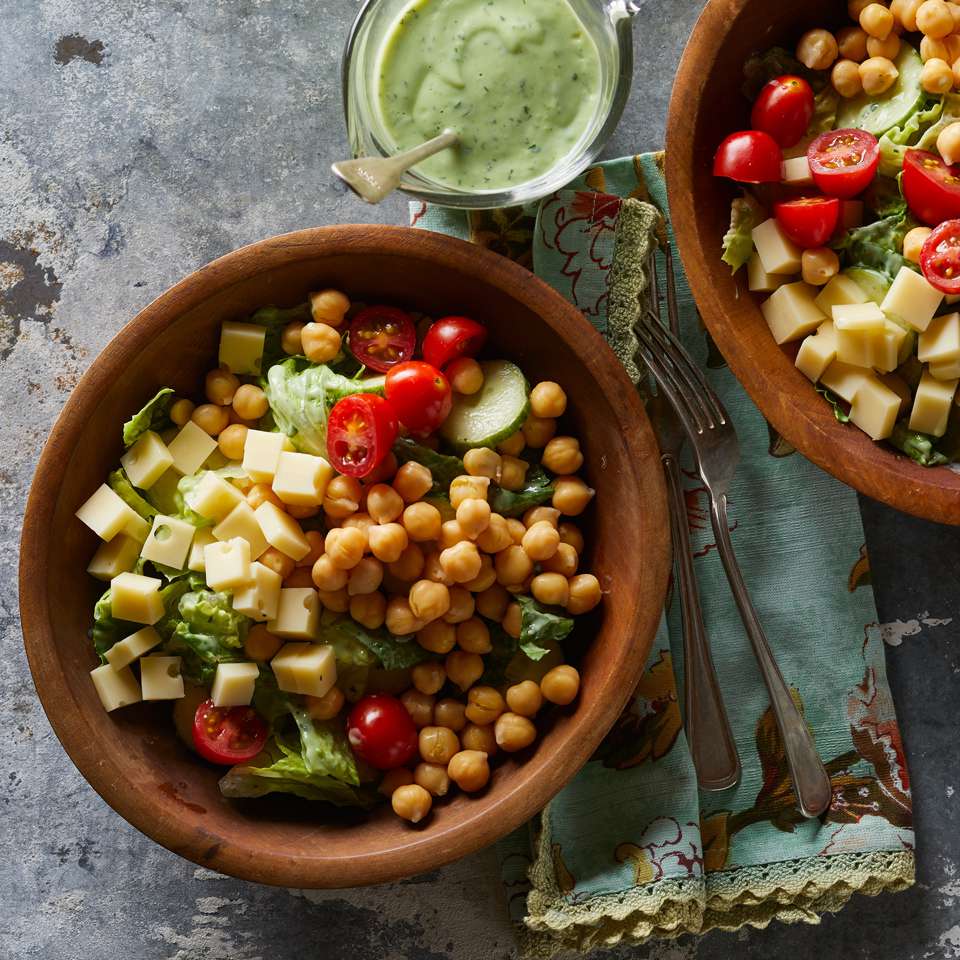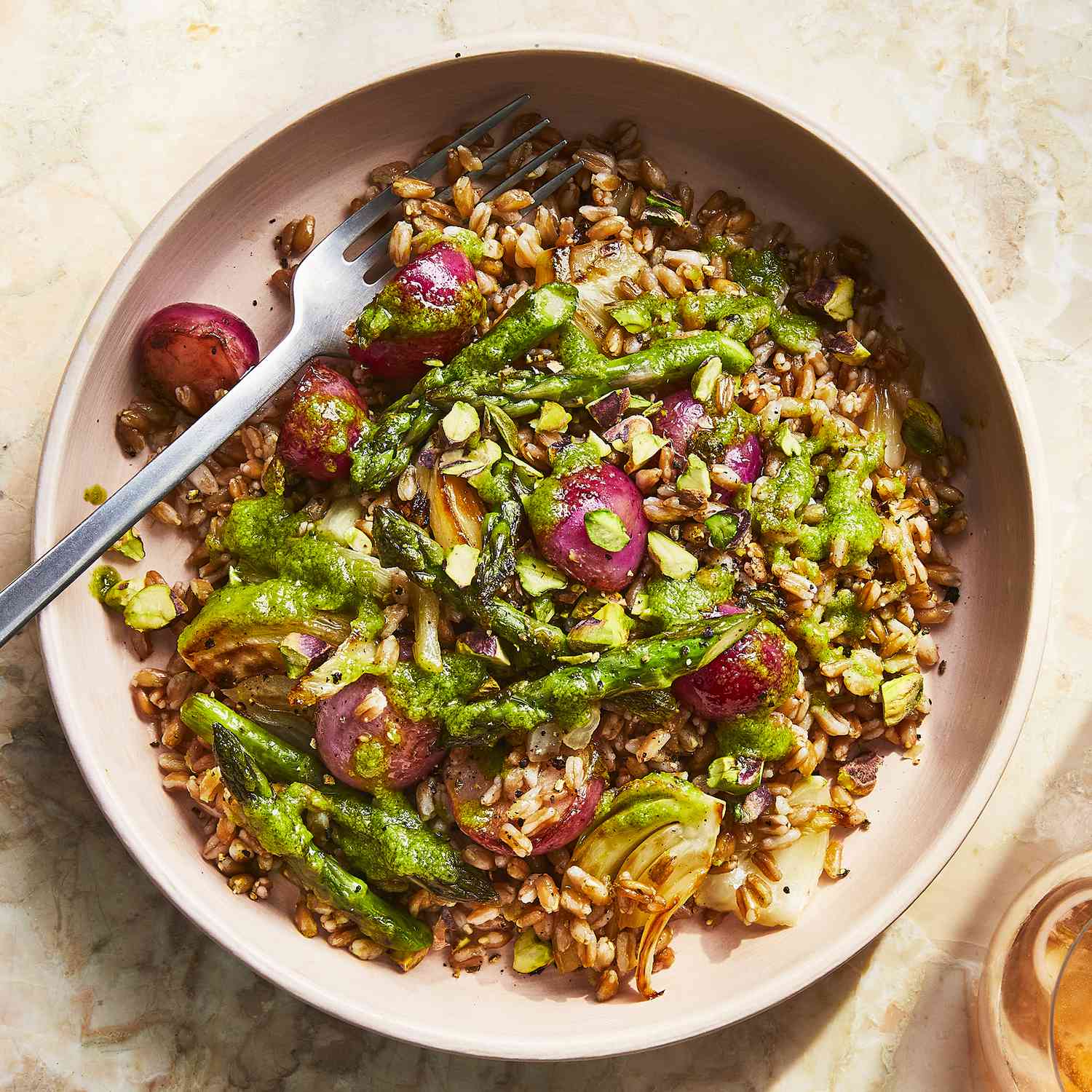How Not To Spike Blood Glucose
There has been tremendous controversy over an interview that Gweneth Paltrow, actress and owner of Goop Wellness, gave regarding her daily routines and what she ate in a day. Although I do not ascribe to the majority of her comments (and very few people have the time and money to do the rituals she does), she was correct that it is a good idea to reduce foods that spike blood glucose and consume more foods that stabilize blood glucose. Why is it beneficial to consume a low glycemic diet and how do you do it? A low glycemic diet can help to stabilize and/or lose weight, helps to manage diabetes, lower the risk for developing diabetes and heart disease, stabilize mood and provide energy. The Glycemic Index ranks foods from 1-100 according to how the food affects an individuals blood sugar. It is very easy to download the Glycemic index online. How do you know what the number mean?
- 55 or less: Low Glycemic Index
- 56-69: Medium Glycemic Index
- 70 or higher: High Glycemic Index
High Glycemic foods include but are not limited to:
- All white refined carbohydrates: flour, rice sugar and pasta and potato
- High Glycemic fruits and dreid fruit
- Sweetened prepackaged foods such as cereal and added sugar yogurts
- Beverages with added sugar (juce is an added sugar)
- Processed foods
Low Glycemic foods to add to your diet include but are not limited to:
- Lean proteins such as chicken, turkey, fish and shellfish
- Beans such as chickpeas, black beans, lentils, kidney beans
- Low sugar fruits such as berries, apple, pear, clementines
- Dairy without added sugar (such as yogurt with fruit puree on the bottom)
- Non starchy vegetables
A sample meal plan:
Breakfast: Whole wheat tortilla with scrambled egg whites and vegetables or oatmeal with berries, slivered almonds and cinnamon
Lunch: Lentil soup (leftovers are always a great option)
Dinner: one pan salmon with vegetables and sweet potato
Snack: Hummus with vegetables, 1/2 cup of berries or a low sugar non fat greek yogurt
It is important to note that utilizing a low glycemic meal plan is just one tool, not the only tool to make healthy food choices. Not all low glycemic foods are healthy. Low glycemic diets can be higher and fat and sodium so it is important to pay attention to overall diet quality. When in doubt, reach out to an RD to help you build a well balanced plan.
Green Goddess Salad with Chickpeas
In this cucumber, tomato, Swiss cheese and chickpea salad recipe, a healthy green goddess dressing is made from avocado, buttermilk and herbs. The extra dressing is delicious served with grilled vegetables.
Recipe Summary
Ingredients
Directions
Tips
To make ahead: Cover and refrigerate leftover dressing for up to 3 days.
Nutrition Facts
Carbs And Your Heart
February is heart health month, and a new study has just been published regarding carbohydrate intake and heart health. In a study published in the journal BMC, the researchers concluded that “Higher free sugar intake was associated with higher CVD incidence and higher triglyceride concentrations within all lipoproteins. Higher fiber intake and replacement of refined grain starch and free sugars with wholegrain starch and non-free sugars, respectively, may be protective for incident CVD.”. So what exactly does that mean? The more free sugar we consume, the greater the risk of developing cardiovascular disease as well as increased trigyceride levels. Free sugars are added during the processing of food as well as naturally occurring sugars such as: syrup, fruit juice, honey and agave. Some examples found in food products are sweets, cakes, cookies, chocolate and sweetened beverages. This does not include the sugar found in dairy or whole fruits and vegetbles. We now know that sugar is inflammatory to the body, so reducing overall sugar intake is important. This is not to say we need to remove carbohydrates from our diet. Whole complex carbohydrates such as brown rice, rye, barley, farro, bulgar whole fruits and vegetables not only help to stabilize blood glucose but increase fiber in the diet which improve heart and digestive health. So what are things we can do to reduce added sugar and increse helthy carbohydrates:
- Remove all beverages with calories and look for unsweetened beverages: water, flavored seltzer, sun tea
- Avoid processed foods and baked goods. Increase low sugar fruits such as berries, apples, pears and citrus
- Increase vegetables with a goal of at least 5 servings a day. Each serving is 1/2 cup cooked or 1 cup raw
- Try to reduce take out food. the more we cook from home, the healthier we will be ( and we will save money)
Incorporating more fiber into the diet with a goal of 38 grams for men and 25 grams for women is the goal. Consume lots of vegetables, low sugar fruit, whole grains, beans and legumes helps to reduce overall risk of heart disease. As you increase fiber, you will need to increase your water intake to reduce risk of constipation. We cannot fully remove sugar from our diet, the American Heart Association recommends that men have no more than 9 tablespoons and women 6 tablespoons of sugar a day. When in doubt knowing how to balance your diet for optimal heart health, reach out to your RD who can help you to reach your goals.
Farro & Vegetable Bowls with Lemon-Shallot Herb Sauce
These hearty grain bowls make the perfect lunch or dinner. You can use any assortment of roasted vegetables you like. The herb sauce adds brightness, while chopped pistachios provide crunch. Use any leftover sauce as a spread on a sandwich or drizzle over fried eggs.
Recipe Summary
Ingredients
Directions
To make ahead
Refrigerate sauce (Step 1) in an airtight container for up to 1 week.
Nutrition Facts
1 1/2 cups





